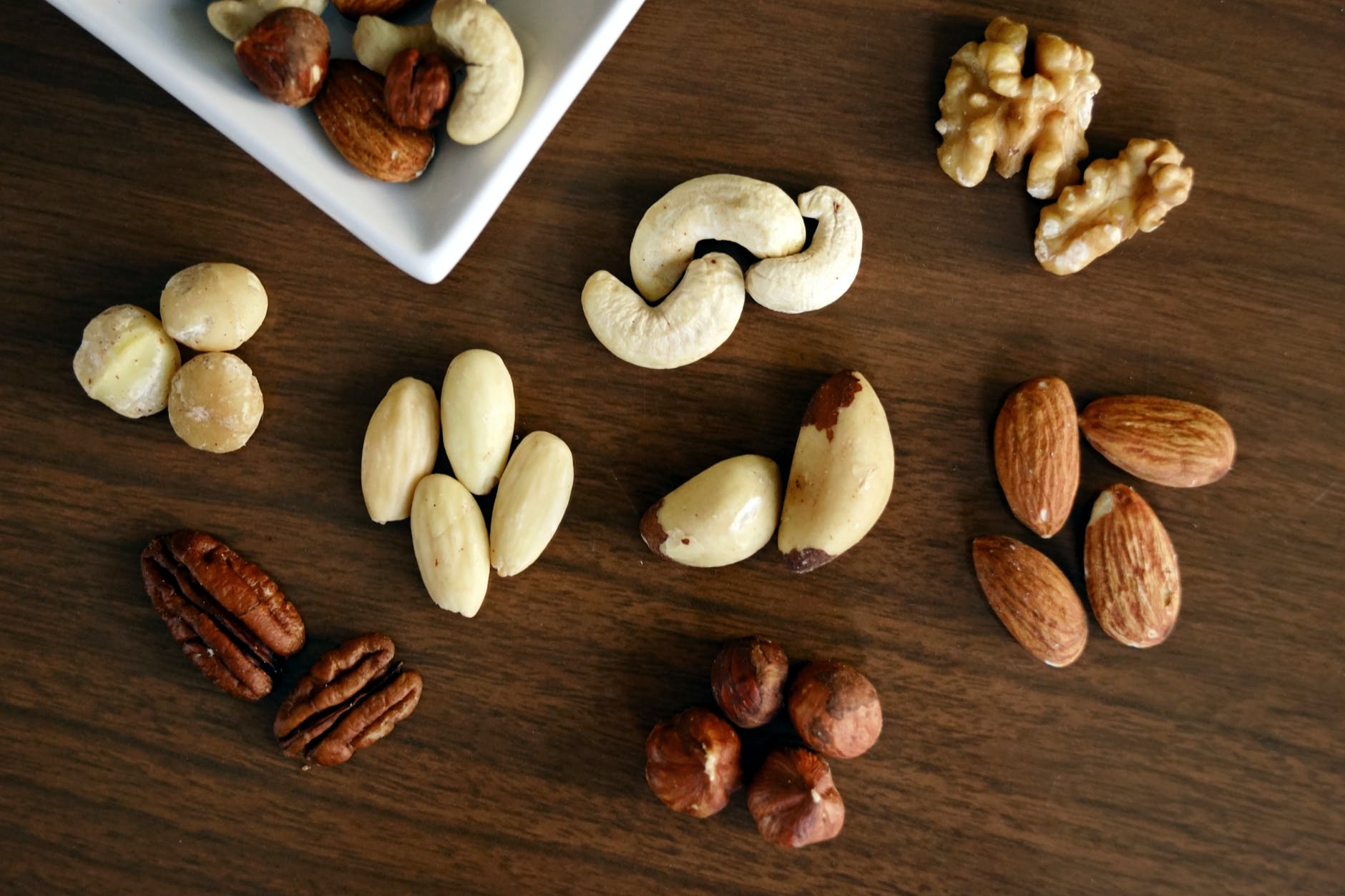
If you have left over nuts don’t forget to scatter those nuts in your backyard for birds while baking a hot Christmas cake or eating a cold pudding. They’ll love it.
Nuts are a fantastic source of fat in the winter because of their high-fat content. Birds need lipids in the winter to be warm energetic and maintain their feathers in excellent condition. There are many kinds of nuts in the world.
Some people prefer them over peanuts since they’re a tremendous all-year-round snack item. The darker the oil content, the more nutritious the product is. The husked kernels of sunflowers, known as sunflower hearts, are a popular snack dish.
Their oil content is high, and they are tiny and black. They will, however, need a certain kind of seed feeder. In addition to goldfinches, siskins, and greenfinches, they’re also popular among tits and house sparrows. Woodpeckers and nuthatches may be seen in plenty.
Birds like robins, dunnocks, and Wrens may be attracted to the kinds of nuts that have been ground or pulverized. Peanuts may be found in both coal tits and nuthatches.
Avoid peanuts that have been roasted and salted. You should be aware that peanuts have a higher risk of containing aflatoxin. If you see black mold on the shells then do not feed them to birds. It is typically not recommended to feed peanuts to pet birds due to this risk but if you do be sure to purchase them from a trustworthy retailer and feed them sparingly.
Red, white, and golden millet are all types of millet. A variety of waterfowl and ground-feeding birds prey on the Japanese.
Millet’s seed coat is robust enough to survive abrasion but not so hard for birds to break that they can’t eat it. On the ground or low-platform feeders, millet performs best.
Corn is a favorite food for doves, turkeys, quail, and ducks. Red-bellied Woodpeckers are drawn to backyard feeders that contain entire corn kernels. Doves, crows, and squirrels. Crows and grackles are also drawn to it. Corn is a good source of carbs and lipids; however, it lacks protein compared to other foods.
Macadamia nuts are safe for birds to eat, only if they eat unsalted and uncoated. For smaller birds to eat the small in-shell macadamia nuts, the shells must first be removed before they are cracked to make them easier to eat. You’ll see more fall to the ground if you don’t get them all crushed. These kinds of nuts are beneficial because they have higher fat content. We have a family of cardinals that come to visit while I am sorting nuts waiting for me to crush up a mac nut for them to eat as a treat.
Generally, larger birds may be able to effectively consume nuts if they have a more robust, stronger beak that can crack hard shells and ingest the nourishing meats of nuts. Smaller birds though still enough nuts if they are shelled and broken up into smaller pieces for them.
Several well-known birds eat nuts, such as:
● A Red-Tailed
● Woodpecker.
● Black-billed Magpie
● Black-capped chickadees.
● Hummingbird.
● Blue tit
● California scrub-jay
● Carolina wren
● Clark’s nutcracker
● Common grackle
● Dark-eyed junco.
● Rook
Nut-eating is not limited to the species listed above; many other animals will consume nuts if offered at feeders. Nut butter, such as peanut butter or other nut butter, maybe preferable for smaller birds, although nuts may still give excellent nutrition and energy to larger birds.
Your bird may get a lot of nutrition from seeds. However, you must be conscious of what sort of seeds you are giving him. Acorns, avocados, and apricot seeds are not suggested since they may be harmful if ingested in large quantities. Some sources, such as sunflower, safflower, and Fennel seeds, are healthy for birds and maybe fed daily. In addition, sprouted grains, such as lentils, beans, wheat, rye, and alfalfa, will give your bird protein, minerals, vitamin C, and chlorophyll-rich veggies.